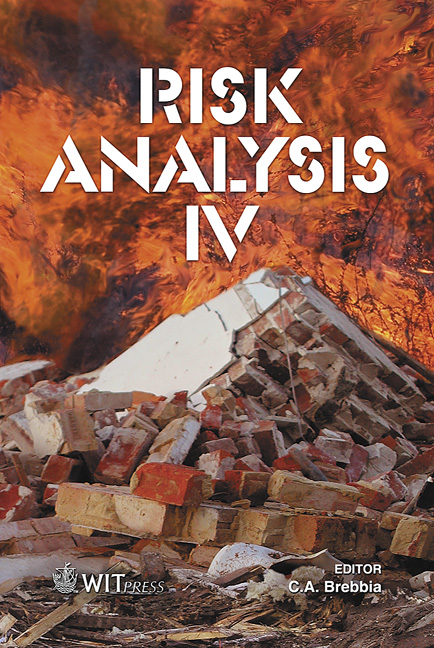A Seismic Network Reliability Evaluation On A GIS Environment – A Case Study On Catania Province
Price
Free (open access)
Transaction
Volume
77
Pages
10
Published
2004
Size
391 kb
Paper DOI
10.2495/RISK040121
Copyright
WIT Press
Author(s)
S. Cafiso, A. Condorelli, G. Cutrona & G. Mussumeci
Abstract
Human society is nowadays strongly dependent on an articulated and complex network of road infrastructures. Essential services for current users as well as for every kind of human activity have been entrusted to this network that takes the name of \“lifeline”. Network Reliability Analysis mainly measures network performance related to its capability to oppose or react against the failure of single elements. When a catastrophic event strikes a wide area, it is necessary that the infrastructure system is designed with a high redundancy, to have effective alternatives in choosing a route to maintain network function. However, if in mathematical analysis of a simple structure, a redundancy rate could clearly be defined, it would not be sufficient to quantify the redundancy effect in a more complex and real-life structure such as a road network. In this paper, we propose a GIS (Geographic Information System) based methodology to study the road Network effectiveness after a seismic event. The method is based on the concepts of Encountered Reliability and Terminal Reliability and it has been applied to the Catania Province area. The results show which towns and links are in the most critical condition and must be considered for road planning and management prioritization. Keywords: road network, lifelines reliability, seismic risk, GIS, bridge vulnerability.
Keywords
road network, lifelines reliability, seismic risk, GIS, bridge vulnerability.





